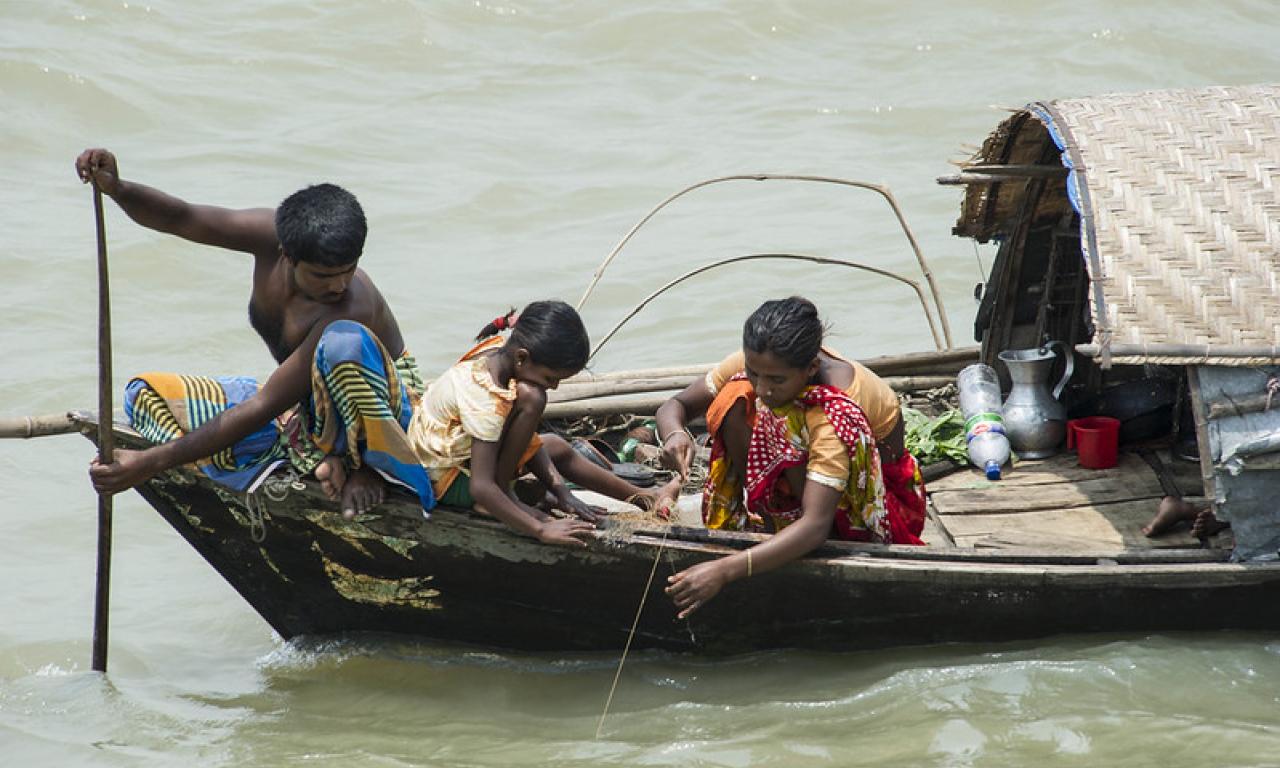
- A new global initiative seeks to shine a light on the unseen contributions of small-scale fisheries to life, livelihoods and sustainable development
- A webinar provided a snapshot of the initiative’s report due out in 2022, with authors revealing key findings for the first time
Small-scale fisheries are vital to the life and livelihoods of millions of people around the world. However, catches from these types of fisheries are often informal and underreported, leaving their contributions to global food security and sustainable development persistently undervalued.
Though small-scale fisheries produce over 40 percent of the world’s fish catch, the majority of which is consumed locally in low- and middle-income countries, these fishers and fish workers often lack the agency and recognition to participate in decision-making processes and are left out of national policies.
To better reveal the importance of small-scale fisheries around the world and empower those who participate in them, WorldFish, Duke University and FAO have launched Illuminating Hidden Harvests (IHH), a collaborative global initiative that assesses the contributions, impacts and drivers of small-scale fisheries.
Due out in 2022, the initiative’s principal report will tie together the efforts of nearly 800 authors to generate and disseminate new evidence about small-scale fisheries in order to inform policy and practice.
The report draws on a variety of approaches and regions, including over 50 country case studies, to examine the current environmental, social and economic benefits provided by marine and inland small-scale fisheries.
In a virtual webinar giving a first look at the report, IHH chapter leads provided a snapshot of initial findings, discussed their wider implications and responded to audience members’ questions during a Q&A session.
“Illuminating Hidden Harvests provides small-scale fisheries the attention they deserve in terms of policies, investments and our collective action. It is already empowering a diverse set of actors to use this much-needed evidence to advocate for better recognition of small-scale fisheries as crucial to global food systems,” said WorldFish Director General Gareth Johnstone during his opening remarks.
Developing more robust data
By examining a diversity of geographies, IHH report authors could draw comparisons between small-scale fisheries' contributions on local, regional, national and global scales, explained Simon Funge-Smith, a senior fishery officer at FAO, during the webinar.
For instance, the ratio of small-scale fisheries to large-scale fisheries catch is highly variable across continents. In Europe, only five percent of total catch comes from small-scale fisheries, whereas small-scale fisheries produce sixty percent of Africa’s total fish catch.
Furthermore, while the majority of global catch from small-scale fisheries comes from marine environments, over half of small-scale fish catch in Africa is sourced from the inland sector, largely due to the continent’s abundant lakes and rivers situated near rural settlements. Nonetheless policies and development initiatives tend to primarily concentrate on marine fisheries.
Panelists thus repeatedly emphasized the significance of disaggregating data at different scales to create a better understanding of small-scale fisheries' contributions in diverse contexts; this was also pertinent when it came to gender, as the majority of data fails to separate women and men and is thus incapable of revealing women’s specific contributions to fisheries.
“Small-scale fisheries cannot be understood without considering gender, and considering gender requires confronting the absence of women in the already meager data available on small-scale fisheries,” said Danika Kleiber, WorldFish scientist and co-lead of the gender theme of the IHH initiative.
Kleiber cited an example in Nigeria, where net-making is considered an extension of women’s household activities and is therefore not included in censuses of fisheries employment. Women are thus participating in small-scale fisheries activities, but their contributions go unrecorded.
“This highlights one of the numerous reasons for the persistent data gap in small-scale fisheries; in this study, we set out to examine the contributions by women and men to small-scale fisheries and understand why gender-disaggregated data is so limited. Due to the hard work of this initiative, we were able to produce a more robust set of gender disaggregated data, which shows an estimated 45 million women participate in small-scale fisheries value chains globally,” said Kleiber.
Throughout the webinar, report authors and chapter leads reiterated the initiative's success in generating more comprehensive and robust data, which can be leveraged to reveal diverse contributions along supply chains as a means to empowerment and development.
As small-scale fishers and fish workers are often excluded from governance spaces and resource management, increased formal recognition of their roles can ultimately be used to grant them a say in the policy-making environment.
“Fisheries are one of the oldest forms of cultural exchange, but the contributions of small-scale fisheries remain dispersed, hidden and underappreciated by much of society. This IHH report will ultimately help tilt the balance towards increased policy attention,” said Toddi Steelman, Stanback Dean at the Nicholas School of the Environment, Duke University.
